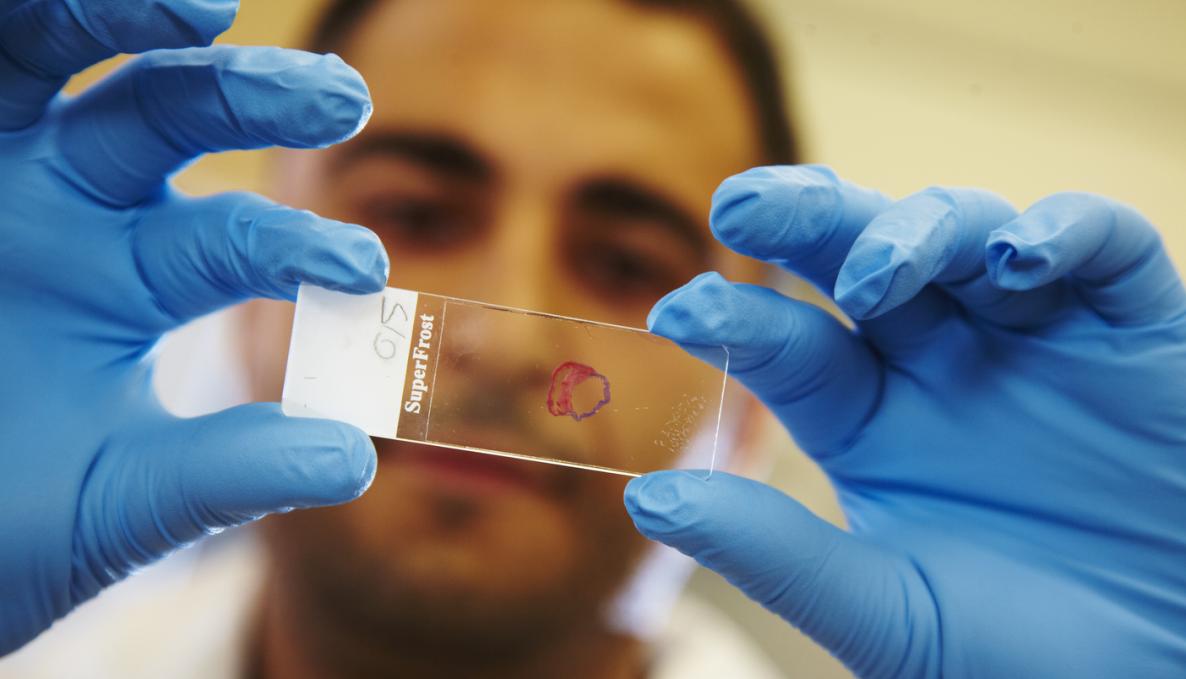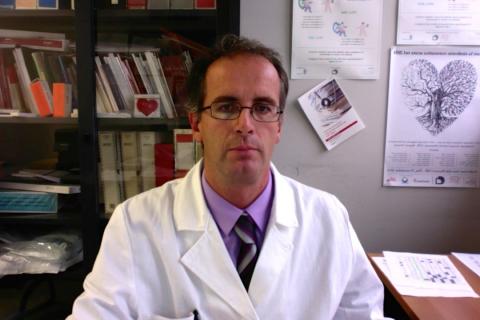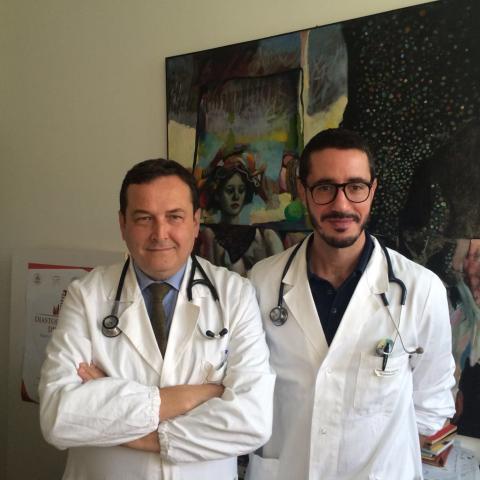Sant’Anna Institute of Life Sciences and Tuscany Monasterio Foundation: “Air hunger” in patients with cardiac disease is related to antiplatelet therapy, research work published in “New England Journal of Medicine”

New research in cardiovascular medicine at Sant’Anna Institute of Life Sciences and Tuscany Monasterio Foundation has found significant improvement of life quality in patients suffering from cardiovascular disease. In fact, Sant’Anna Scool Faculty members and Monasterio Foundation cardiologist have found that “air hunger” and dyspnea dramatically increased in ticagrelor-treated patients, an antiplatelet drug for acute coronary syndromes to reduce the risk of coronary events.
Side effects of ticagrelor for reasons that are so far unexplained, even if not directly related to cardiac disease, may cause treatment interruption. Now potential cause has been identified and could lead to new treatment thanks to Sant’Anna Scool Faculty members and Monasterio Foundation cardiologist study results.
The findings of the study conducted by Alberto Giannoni, cardiologist at Monasterio Foundation, Michele Emdin and Claudio Passino, faculty members of cardiovascular disease division at Sant’Anna School have been published in the “New England Journal of Medicine”.
Shortness of breath and air hunger were observed in almost 15% of patients with acute myocardial infarction treated with “ticagrelor” antiplatelet therapy. The authors of the paper published in the “New England Journal of Medicine” have underlined that prolonged apnea, up to 30 seconds, represents a serious clinical problem which often leads to therapy interruption and contribute to an increased risk of relapse. According to the study, the prolonged apnea occurring after the administration of “ticagrelor” stimulates the respiratory chemoreceptors sensing the carbon dioxide level in the bloodstream and complicates the breathing regulation.
Click here to download paper published in “New England Journal of Medicine”.





